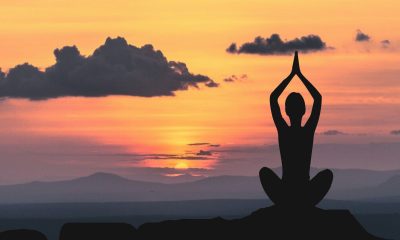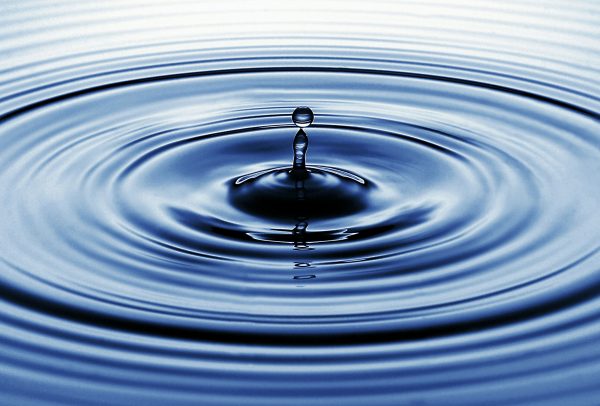Hatha Yoga – The Alchemy of Energies
Human Body – A Wonder of Nature
Yoga is not an ancient myth buried in oblivion. It is the most valuable inheritance of the present. It is the essential need of today and the culture of tomorrow.
Swami Satyananda Saraswati
Yoga is the science of right living and, as such, is intended to be incorporated in daily life. It works on all aspects of the person: the physical, vital, mental, emotional, psychic, and spiritual. On a more practical level, yoga is a means of balancing and harmonizing the body, mind, and emotions. The balance is done through the practice of asana, pranayama, mudra, bandha, shatkarma, and meditation, and must be achieved before union can take place with the higher reality.
The science of yoga begins to work on the outermost aspect of the personality, the physical body, which for most people Is a practical and familiar starting point. When the imbalance is experienced at this level, the organs, muscles, and nerves no longer function in harmony; instead, they act in opposition to each other.
For instance, the endocrine system might become irregular, and the efficiency of the nervous system decrease to such an extent that a disease will manifest. Yoga aims at bringing the different bodily functions into perfect coordination so that they work for the good of the whole body.
If we are interested in natural health – overflowing energy – then we should experiment Hatha Yoga practices. Health is only a consequence, and new doors open in life, paying the necessary attention of the human body.





